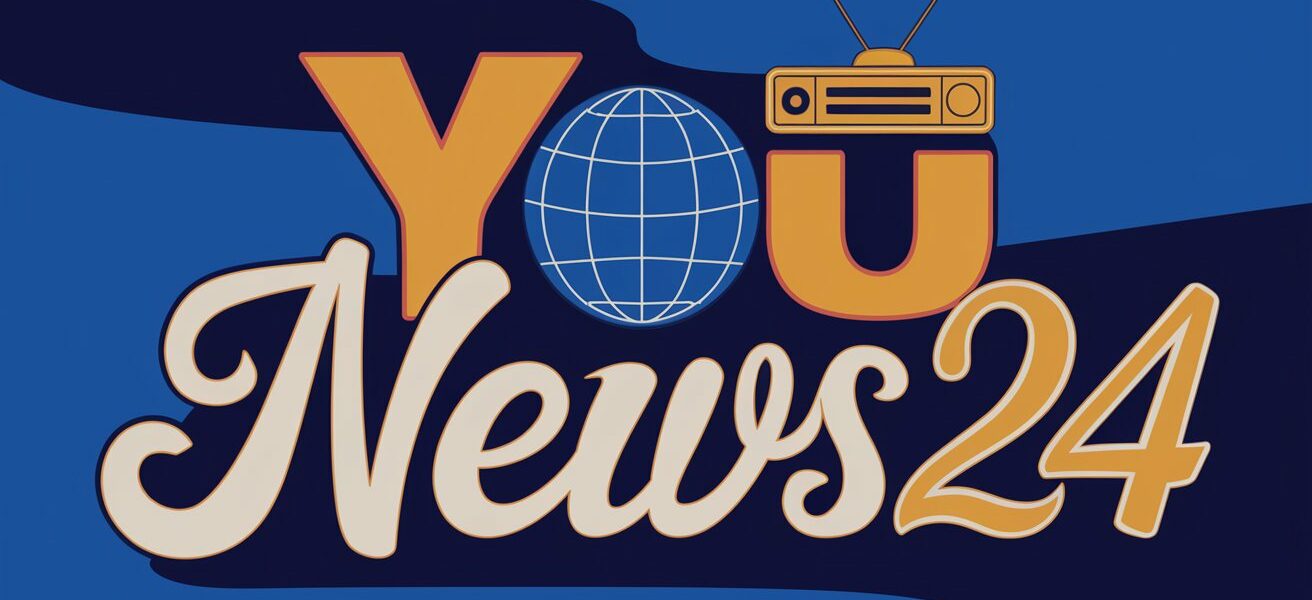n the fast-paced landscape of programming languages, new contenders frequently emerge, but few make as significant an impact as quickly as Mojo. Launched in 2023, Mojo has already climbed into the top 50 programming languages as of October 2024. Let’s dive into the reasons behind its rapid rise and the potential future of this innovative language.
Mojo’s Unique Blend: Python and Swift, but Faster
Mojo was designed to fill a gap in the world of AI hardware programming, combining the ease of Python with the speed of Swift. Created by Chris Lattner and developed by Modular, Inc., it allows developers to write high-performance, low-level code for AI without needing specialized tools like NVIDIA’s CUDA. The ability to write fast, efficient code in an easy-to-learn language is one of the primary reasons behind its growing popularity.
TIOBE Index Breakthrough
In just one year, Mojo has made its debut in the TIOBE Index’s top 50. The TIOBE Index is a widely respected indicator of programming language popularity, based on search engine queries and other factors. Mojo’s leap to 49th place is remarkable, highlighting its quick adoption by the developer community. This surge points to a wider trend where developers are increasingly looking for languages that are both powerful and efficient, particularly for AI and machine learning applications.
Mojo’s Impact on AI and Machine Learning
Mojo’s primary advantage is its suitability for AI development. As the demand for AI-powered solutions continues to grow, so too does the need for languages that can handle the computational demands of AI hardware. Mojo’s speed and low-level capabilities make it an excellent tool for this kind of work, giving it an edge over slower, more cumbersome languages like traditional Python. As more companies focus on AI innovation, Mojo is likely to see continued growth.
What’s Next for Mojo?
The future looks bright for Mojo. With AI and machine learning technologies expanding at an unprecedented rate, there’s a high demand for programming languages that simplify development while maximizing performance. Mojo’s unique ability to do both makes it a language to watch in the coming years. Its continued rise will depend on its adoption by more developers and integration into larger AI development platforms, but the early signs point to it becoming a mainstay in the world of AI programming.
Mojo’s rapid success in such a short time is a testament to the changing needs of the developer community. As AI becomes a dominant force in tech, languages like Mojo that bridge ease of use and performance will only continue to gain ground.




